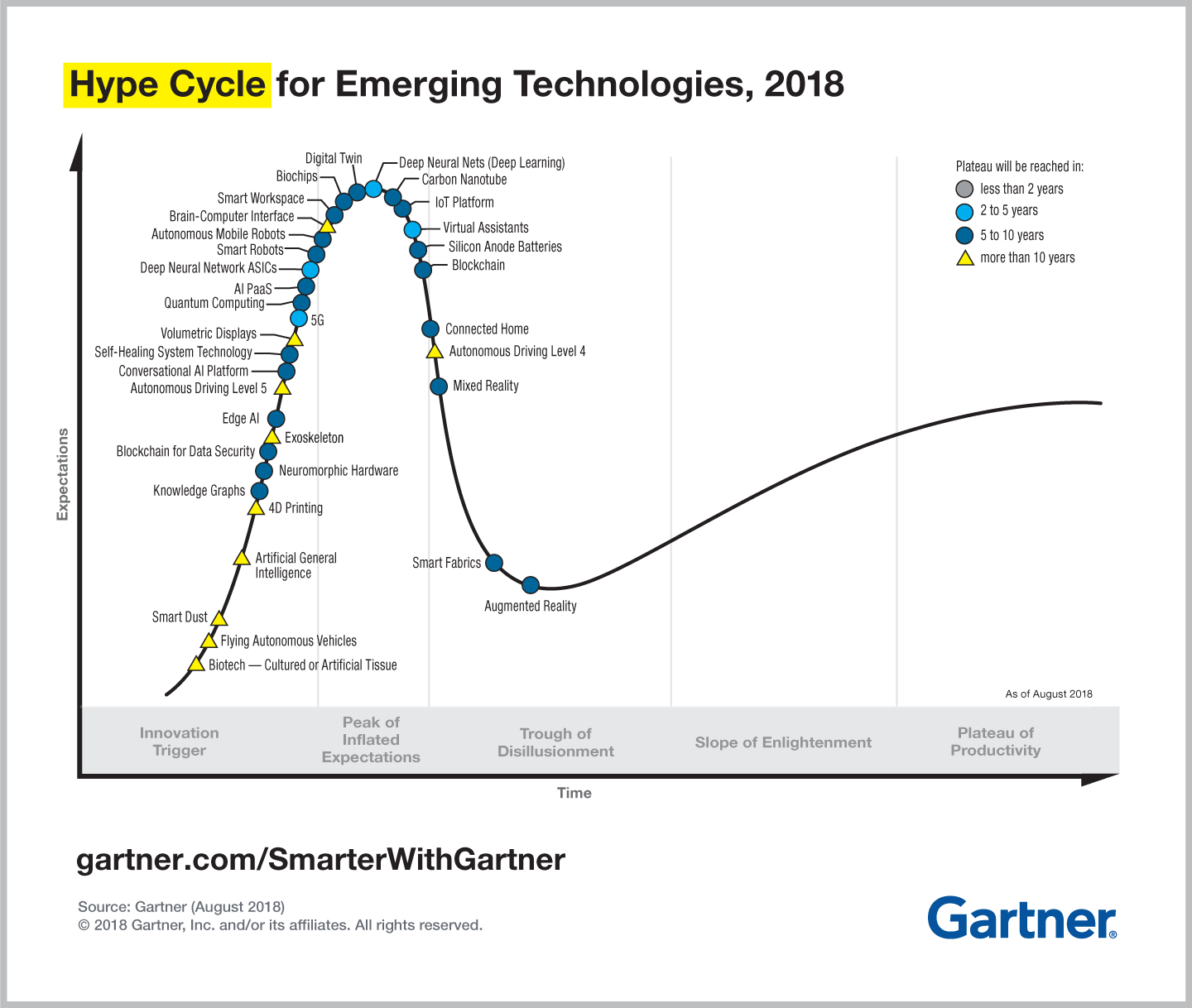The term Digital Twin gets thrown around a lot, but do you truly know what it is, how it could be used in your industry, and if the technology is at a point where you should consider planning its implementation?
VROC recently hosted an industry breakfast where we chatted all things Industry 4.0, in particular IoT, robotics and digital twinning. Chris Nelson, from Data 61 explained digital twin as ‘a digital representation of an asset with live and static data attached to it, which allows you to monitor, plan and simulate’.
What once was a technology isolated to manufacturing – think car and plane simulation, digital twin technology is now having applications in factories, cities, refineries and increasingly through the power of connected IoT sensors, AI and machine learning we’ll see it’s application to processes and operations on the whole.
Digital twins are created by data scientists and mathematicians utilising IoT sensors, such as drones, handheld and fixed sensors as well as historical data, to create a digital model of a physical object. The digital twin then can be used for simulating modifications, maintenance and refinements, providing valuable insights before the physical asset is modified.
For the last few years digital twin has been touted as a hot new technology to keep your eye on, Gartner listed it in their top 10 Strategic Technology Trends for 2017 and 2018 and Forbes has listed it as one of the 5 Biggest Technology Trends disrupting Engineering and Design in 2020.
But just how accessible is the technology?
The requirements to develop in-house are complex and so the technology has mostly been embraced by Tier 1 manufacturing companies, with few commercialised tech start-ups on the market for oil and gas or mining sectors. In fact most companies we have spoken to say their expectations of a digital twin cannot yet be realised as they hope for a complex model of an entire enterprise as opposed to an individual asset. This would then enable simulations that would provide valuable insights for end to end systems.
Gartner’s hype cycle for Emerging Technologies 2018 (pictured below) the expected plateau of productivity for Digital Twin isn’t until 2023 – 2028. 
Fast forward to 2028 and the whole of enterprise digital model that industry needs will be closer than ever before, if not already in use. This will be made possible through the digital transformation and culture shift that is happening in the Oil and Gas and Mining industries right now.
By embracing IoT technology, machine learning and predictive analytics businesses are starting to put their data to use, gaining insights they never before had access to, which is enabling them to make better, safer decisions. This giant leap from legacy processes will pave the way for the enterprise wide solutions that are to come and the digital twin is just one of them.
Reference:
https://www.networkworld.com/article/3280225/what-is-digital-twin-technology-and-why-it-matters.html https://blogs.dnvgl.com/software/2019/08/the-digital-twin-in-oil-and-gas-how-far-have-we-come/
How to confidently move from pilot to enterprise-wide AI adoption
Read ArticleDiscover how planning for interoperability between IoT devices and systems is critical to success.
Read ArticleInterested in a demo of one of our data solution products?
DataHUB4.0 is our enterprise data historian solution, OPUS is our Auto AI platform and OASIS is our remote control solution for Smart Cities and Facilities.
Book your demo with our team today!
Complete the form below and we’ll connect you with the right VROC expert to discuss your project. Whether you’re launching a pilot, scaling AI across your enterprise, or integrating complex systems, we’ll help you turn your data into actionable insights—fast, efficiently, and with confidence.
The efficient deployment, continuous retraining of models with live data and monitoring of model accuracy falls under the categorisation called MLOps. As businesses have hundreds and even.
Learn more about DataHUB+, VROC's enterprise data historian and visualization platform. Complete the form to download the product sheet.
Learn how OASIS unifies your systems, streams real-time data, and gives you full control of your smart facility—remotely and efficiently. Complete the form to access the product sheet.
Discover how OPUS, VROC’s no-code Industrial AI platform, turns your operational data into actionable insights. Complete the form below to access the product sheet and learn how you can predict failures, optimise processes, and accelerate AI adoption across your facility.
Interested in reading the technical case studies? Complete the form and our team will be in touch with you.
Subscribe to our newsletter for quarterly VROC updates and industry news.